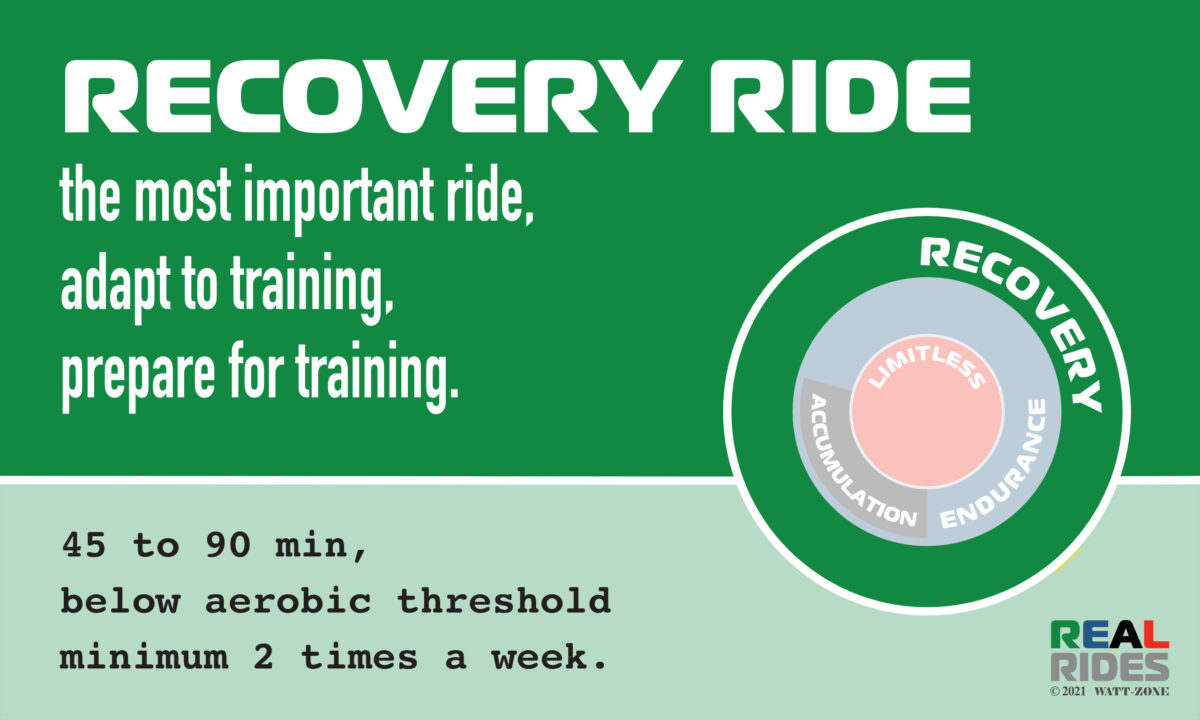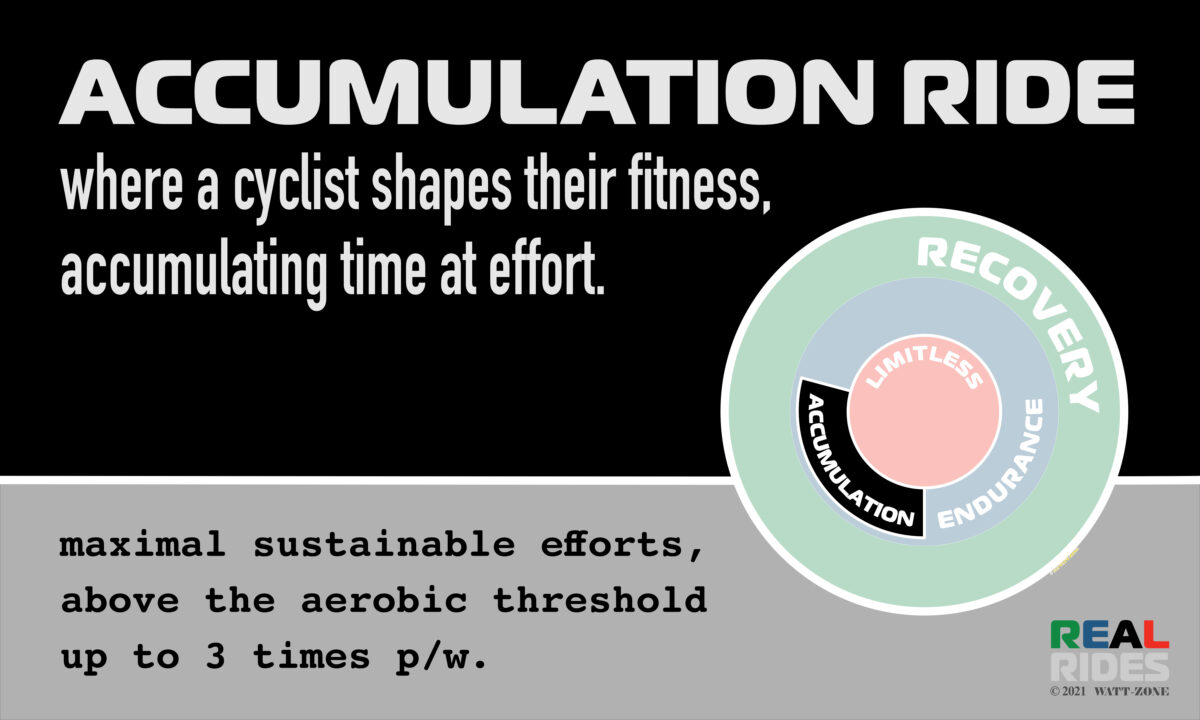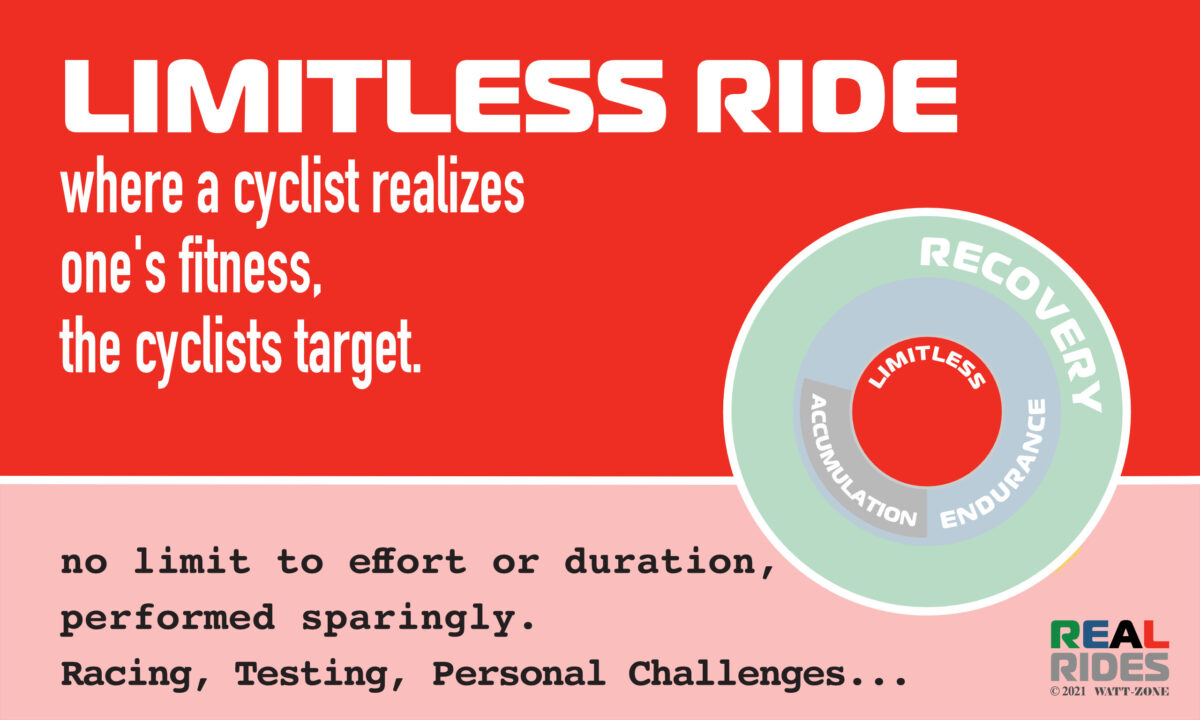The Endurance Ride is the groundwork for supporting all aspects of a cyclist’s performance. Following Recovery, Endurance Rides are the 2nd most important of the REAL Rides. Endurance rides provide physiological adaptions that support performance at all ranges of intensity bar the shortest sprint efforts. Without a doubt, every cyclist will gain benefits from undertaking Endurance Rides.
Highlighting the benefits of endurance training may sound outdated. Today we are inundated with complicated high-intensity training plans and complicated training metrics. These may well have their place but the harsh reality is Endurance Rides, or long easy pace training is perhaps the most essential of all the training rides. Endurance training increases the:
- number of capillaries,
- number and size of mitochondria in the trained muscles,
- and the volume of aerobic enzymes.
– all combining to enhance the trained muscle’s oxidative capacity and the cyclist’s potential. Obviously, all cyclists want this and it is mistaken to think that any other style of training will subtend the same long-term benefits of the Endurance Ride.
Endurance + Hign Intensity Performance
Endurance training is often looked at as improving one’s ability to burn fat. Indeed, our body’s greatest source of energy. Increasing fat utilization will allow the sparing of our limited glycogen stores at any given exercise intensity. Ultimately leading to improved performance at all intensities. With endurance training, it is possible to improve your ability to use fatty acids as a fuel source. Indeed for many cyclists, this is possibly where the biggest gains in performance can be attained.
Let’s assume that in your current fitness that 50% of your energy is derived from fats when exercising at Anaerobic Threshold. Imagine if your training enabled you to increase fat utilization at the same level to 60%. Subsequently, this would mean that more of your precious glycogen stores would be preserved. As a consequence, your capacity for Supra Threshold work would be enhanced. That’s pretty cool when you think about it. Training at a low intensity actually gives performance benefits at high intensity.
Riding for extended periods of time is not just about processing energy, be it oxidative or glycolytic. Endurance also includes being able to hydrate, regulate temperature, refuel, and maintain biomechanical stability. You can have amazing fitness. But if your lower back begins to hurt after an hour in the saddle. Or you cannot take in water, on a long hot ride. Ultimately your performance will be sub-par.
In General Endurance Rides are:
- long, a minimum of 2, and up to 8 hours,
- limited by effort, below one’s aerobic threshold, maximum RPE 11,
- comprise the majority of a cyclists training time, and
- completed up to 5 times per week.
- can sometimes incorporate “accumulation”.
Undoubtedly, Endurance is the groundwork for supporting all aspects of a cyclist’s performance. However, this does not mean that it is addressed at the start of one’s training and then forgotten. Endurance Ride’s should be part of a cyclist’s training all year round. Adaptations to endurance training need constant maintenance. Endurance rides are the second most important of the REAL Ride’s and where a cyclist should spend most of their training time. Make sure you also learn about Recovery, Accumulation, and Limitless Rides.




